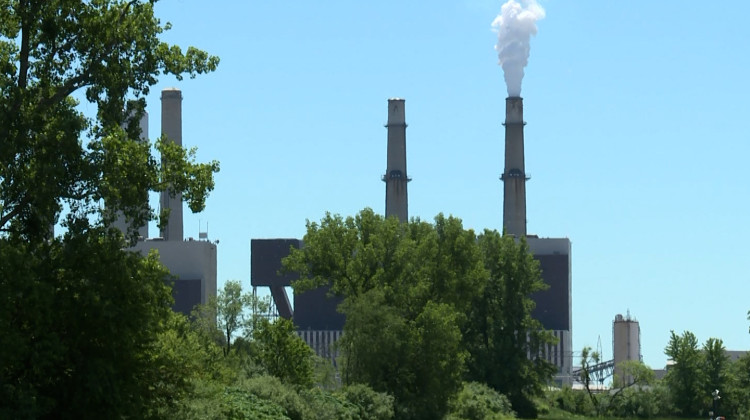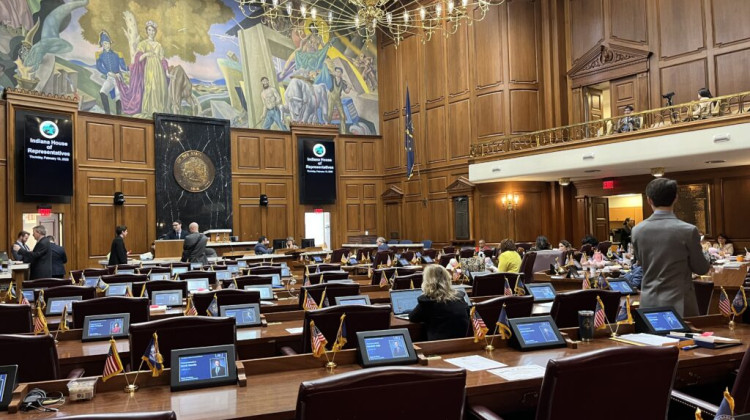Natural gas, not renewable energy, is the primary driver behind coal and nuclear power plant retirements, according to a highly-anticipated Department of Energy study released this week.
The study concluded the already widely-held view that cheap natural gas and low demand drive the decline in coal and nuclear power. The report also implies that increased use of renewable energy could make the power grid unreliable in the future.
But Arvin Ganesan, vice president of federal policy for Advanced Energy Economy, says that’s not the case.
“Technology is already being deployed that is not only more affordable for consumers but actually improves the overall reliability of the grid,” Ganesan says, citing Indianapolis Power and Light’s battery storage facility as one local example.
J.R. Tolbert, AEE’s vice president of state policy, points out Ohio, Michigan, and Illinois all took steps to strengthen their renewable sectors this year. Indiana, meanwhile, restructured the state’s net metering policy, reducing support for rooftop solar.
“So the question really becomes, does Indiana want to embrace a cleaner, more modern grid?” Tolbert says.
Tolbert says Ohio, Michigan, and Illinois will see a $20 billion market opportunity over the next decade — and the new DOE report doesn’t change those economics.
 DONATE
DONATE









 Support WFYI. We can't do it without you.
Support WFYI. We can't do it without you.